Achievement Motivation Can Best Be Viewed As

In the high-stakes world of achievement, whether in academia, athletics, or the corporate arena, the driving force behind exceptional performance is often attributed to achievement motivation. But what precisely constitutes this elusive quality? Is it an innate trait, a learned behavior, or a complex interplay of factors? Understanding the true nature of achievement motivation is crucial for fostering environments that nurture success and unlock potential.
This article delves into the multifaceted concept of achievement motivation, exploring its various interpretations and highlighting how it can best be viewed as a dynamic and contextual process, shaped by individual needs, environmental influences, and cognitive appraisals. By examining research findings from psychology, education, and organizational behavior, we aim to provide a comprehensive perspective on this critical driver of human endeavor.
Defining Achievement Motivation: A Shifting Landscape
The traditional understanding of achievement motivation, heavily influenced by the work of David McClelland, posits it as a relatively stable personality trait—a "need for achievement" (nAch). Individuals with a high nAch are characterized by a strong desire to excel, a preference for challenging tasks, and a persistent pursuit of success.
However, contemporary perspectives challenge this static view. They emphasize the dynamic and contextual nature of achievement motivation, recognizing that it can fluctuate depending on the situation, goals, and individual's perception of their abilities.
The Role of Goal Orientation
One crucial aspect of achievement motivation is goal orientation. This refers to the reasons why individuals engage in achievement-related activities.
Carol Dweck's research highlights two primary types of goal orientation: mastery-oriented and performance-oriented. Mastery-oriented individuals are focused on learning and improving their skills, while performance-oriented individuals are primarily concerned with demonstrating their competence and avoiding failure.
Mastery-oriented individuals tend to exhibit higher levels of intrinsic motivation, persistence, and resilience in the face of challenges. This ultimately contribute to more sustained achievement.
Expectancy-Value Theory
Another prominent framework for understanding achievement motivation is expectancy-value theory. This theory suggests that an individual's motivation to achieve is determined by their expectancy of success and the value they place on the outcome.
If an individual believes they are likely to succeed and they value the potential rewards of success, their motivation will be high. Conversely, if they doubt their abilities or find the outcome unimportant, their motivation will be low.
This framework highlights the importance of both self-efficacy (belief in one's ability to succeed) and the perceived value of the task.
Beyond Individual Traits: The Impact of Context
While individual traits and beliefs play a significant role, achievement motivation is also heavily influenced by the environment in which individuals operate. The sociocultural context, the nature of the task, and the feedback individuals receive all contribute to shaping their motivational state.
For instance, a supportive and encouraging environment can foster a growth mindset and promote mastery-oriented goals. Conversely, a competitive and evaluative environment may trigger performance anxiety and undermine intrinsic motivation.
"Achievement motivation is not simply a fixed trait, but a dynamic process that is shaped by the interaction between individuals and their environments," according to Dr. Anya Schmidt, a leading researcher in motivational psychology.
The Influence of Feedback and Recognition
Feedback plays a vital role in shaping achievement motivation. Constructive feedback that focuses on effort and progress can enhance self-efficacy and promote a mastery orientation.
However, feedback that is overly critical or focuses solely on outcomes can undermine motivation and lead to feelings of inadequacy. Similarly, recognition and rewards can be powerful motivators, but they must be carefully administered to avoid fostering a performance-oriented mindset.
Research has shown that rewards that are perceived as controlling can actually decrease intrinsic motivation, a phenomenon known as the overjustification effect.
A Holistic View: Integrating Multiple Perspectives
In conclusion, achievement motivation is best viewed as a complex and multifaceted process rather than a static trait. It is a dynamic interplay of individual needs, goals, beliefs, and environmental influences.
Understanding the role of goal orientation, expectancy-value, and the impact of context is crucial for fostering environments that nurture achievement and unlock potential. Embracing this holistic perspective requires a shift away from simplistic notions of "high achievers" and "low achievers."
Instead, we must focus on creating conditions that support individuals in developing a growth mindset, pursuing meaningful goals, and cultivating a belief in their ability to succeed. This is how we optimize motivational outcomes for everyone.
Looking Ahead: Fostering Achievement Motivation
Moving forward, research should focus on developing interventions that target multiple levels of influence on achievement motivation. These interventions should address individual beliefs and attitudes, as well as the broader social and organizational contexts in which individuals operate.
Furthermore, it is crucial to consider the cultural variations in achievement motivation. What motivates individuals in one culture may not be as effective in another. By understanding the nuances of cultural context, we can develop more culturally sensitive and effective approaches to fostering achievement motivation.
By adopting a more nuanced and holistic view of achievement motivation, we can create environments that empower individuals to reach their full potential and contribute meaningfully to society.
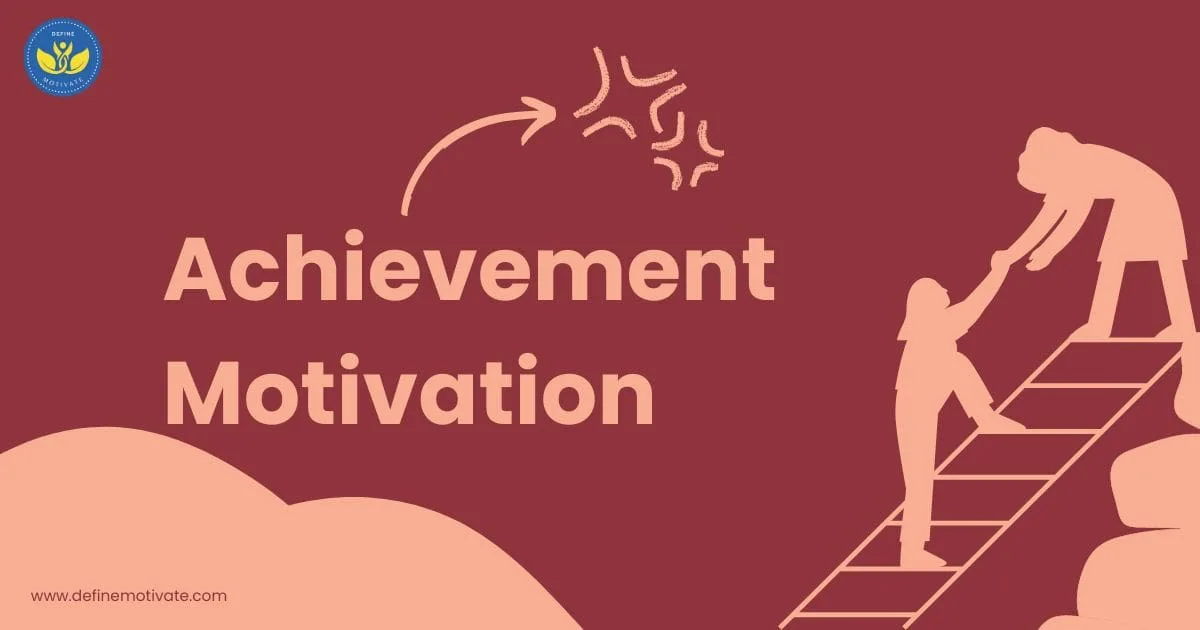
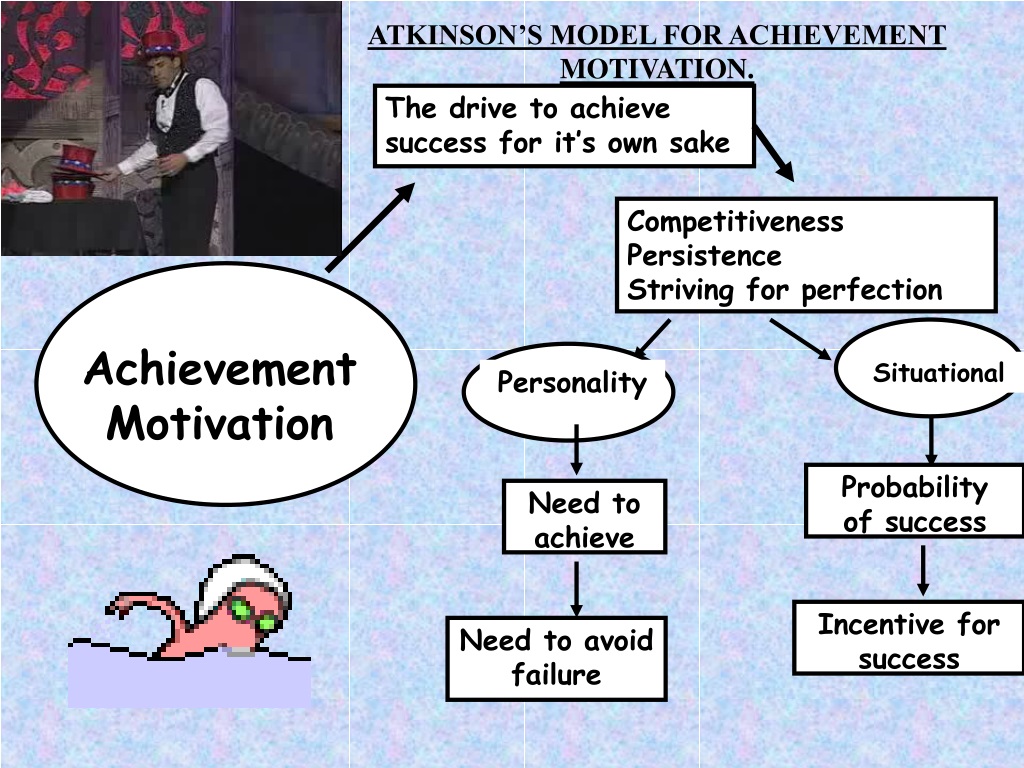

.png?width=651&height=394&name=Achievement Motiv_72-02 (1).png)
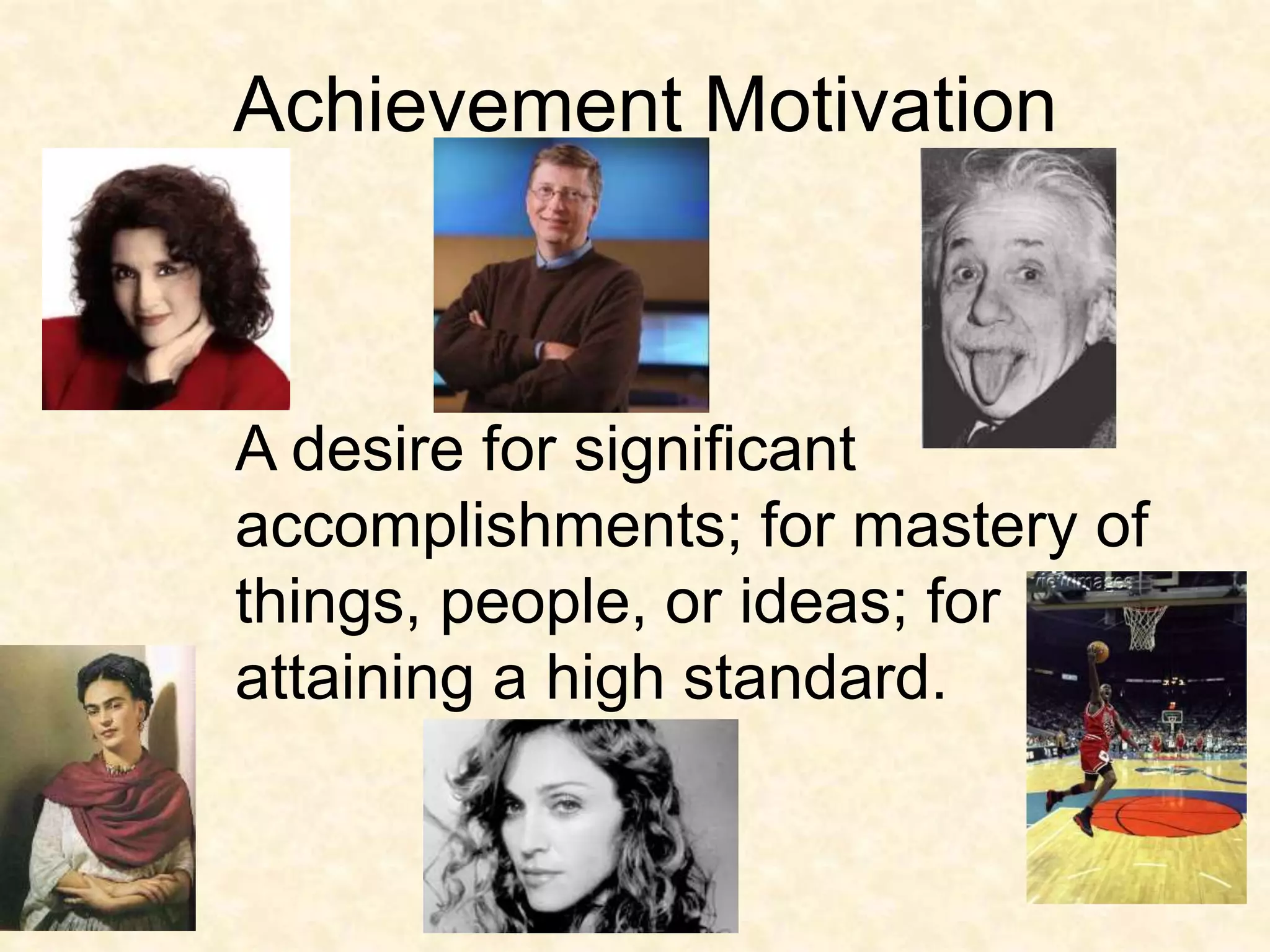
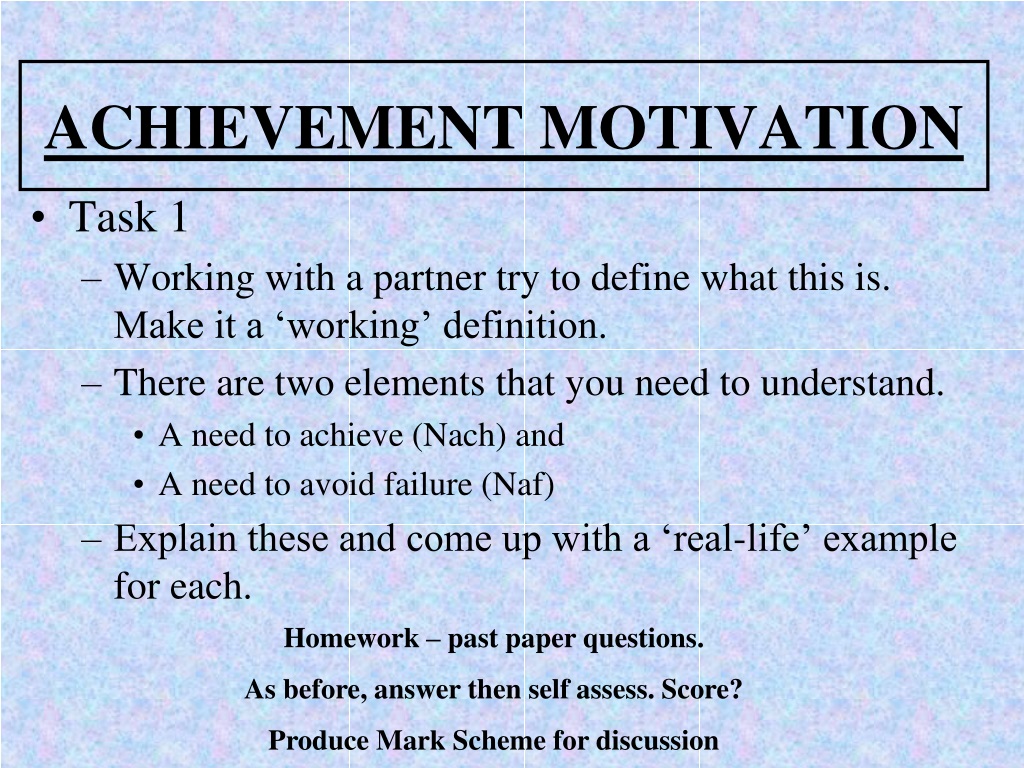

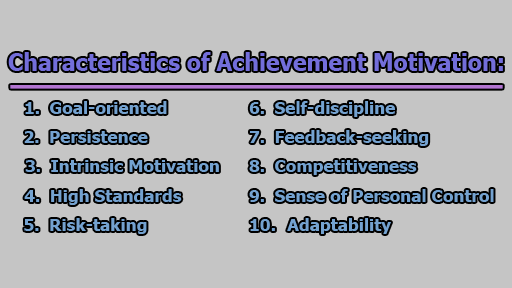

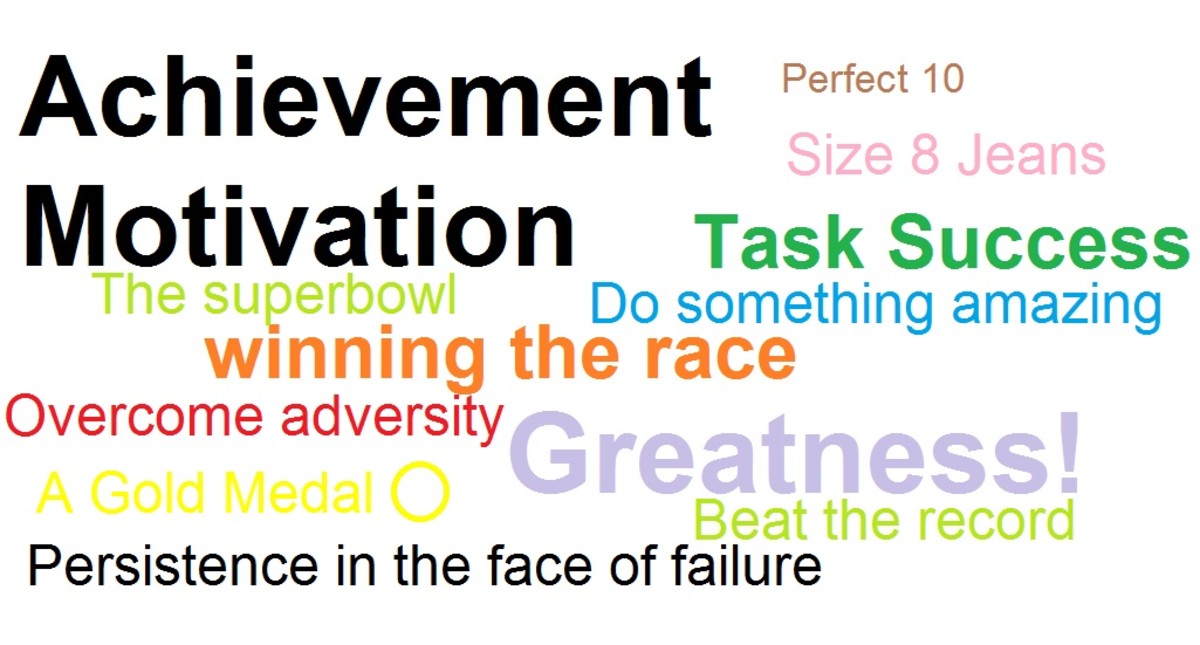




.jpg)



